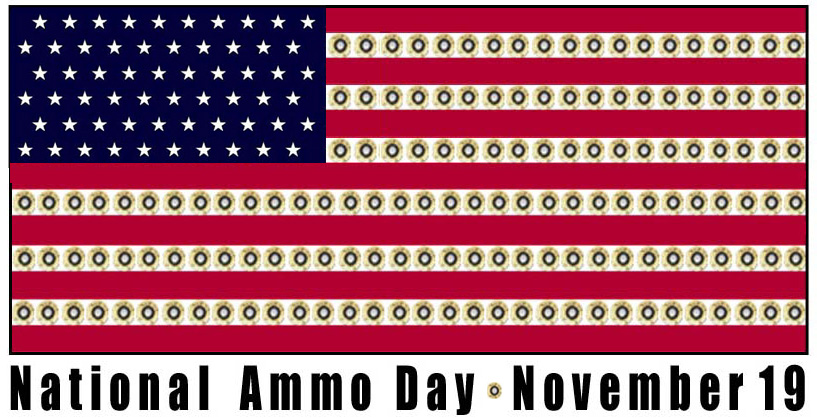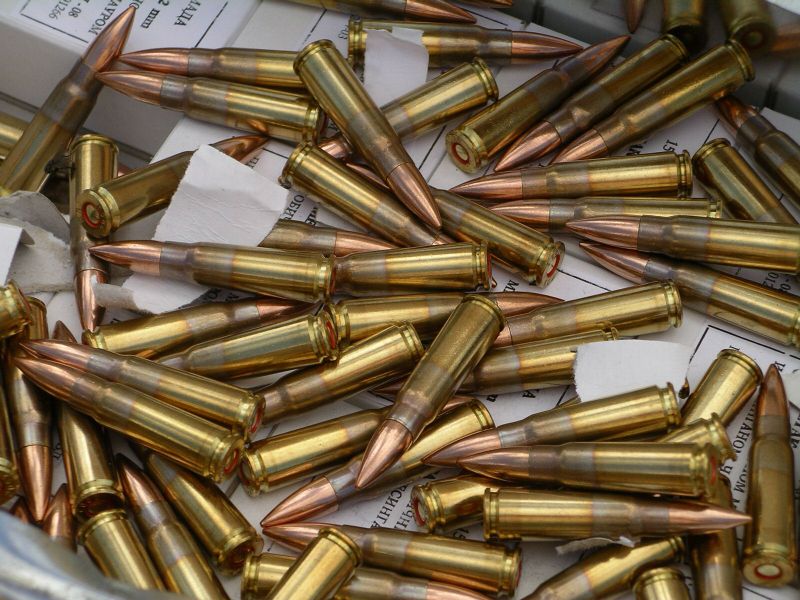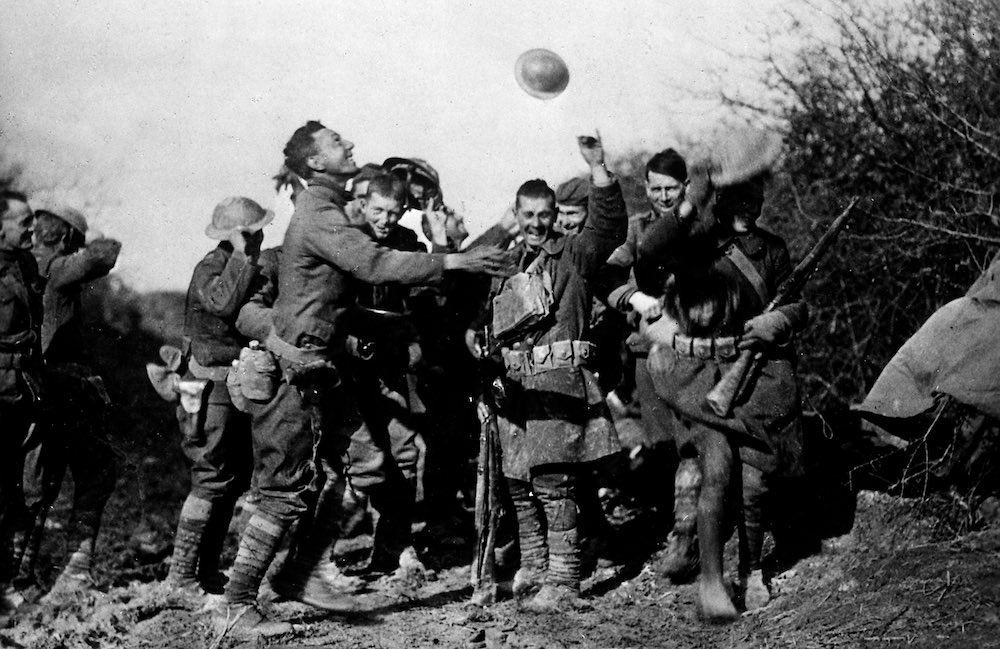Back in the early 1990s, there were essentially three “production” sports cars vying for the title of “fastest”: the Ferrari F40 with a 2.9-liter V8 engine, the Porsche 959 with a 2.8-liter flat-6, and the Jaguar XJ220 with a 3.5-liter V6, all three featuring twin turbos. While all were nominally production models, only a couple-three hundred of each were ever made because they were designed specifically to compete at Le Mans in the then-Group B class. To just about everyone’s surprise, the car with the highest straight-line speed was the Jag, at 217mph.
But that’s not what I want to talk about today.
As always in posts of this type, the thing is pointless without pictures, so here we go, in order:
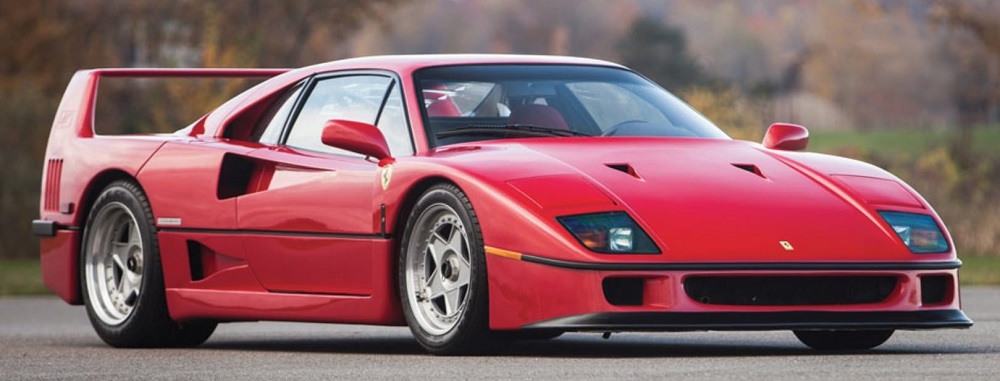
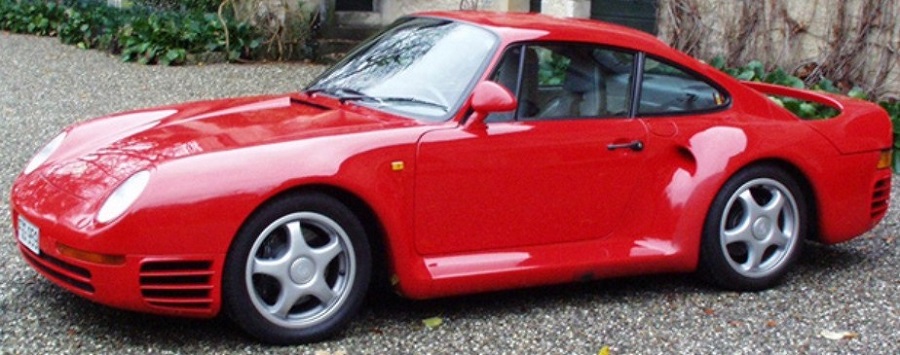
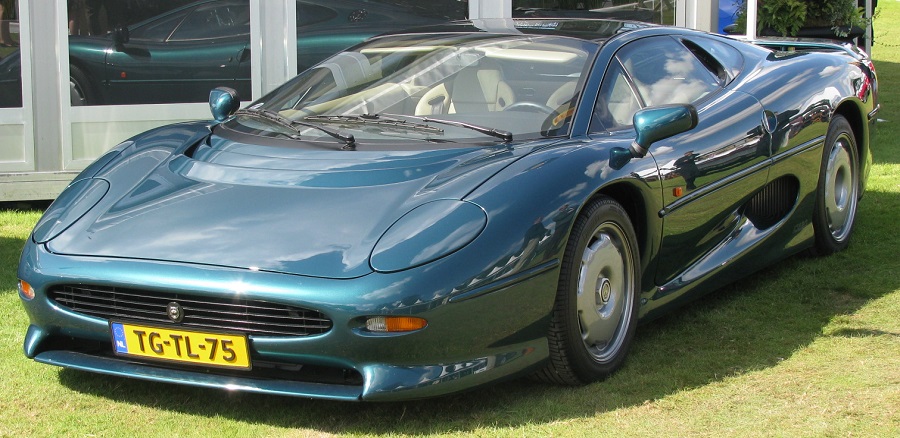
All three are beautiful by the standards of the time: the F40 because Ferrari; the Porsche despite being a Porsche (I actually think the 959 was the nicest-looking Porsche ever made until the Cayman); and the XJ220 was gorgeous even in a marque which had always made beautiful cars (XK120, E-type, etc.).
All three are crap to drive — the F40 has a spartan, ugly interior with a hideously-stiff clutch and gearbox, the 959 was also a handful (although the toughest of the three: in 1986 the 959 entries finished 1st and 2nd in the Dakar Rally), and as for the XJ220, let me quote one of the reviews of the time:
The testers liked the “sheer blistering pace, looks and a superb cabin” but its size, the doors not opening far enough and handling were criticised: “If there’s a more evil device on our roads, I wouldn’t like to find it, for the XJ220 suffers from immense initial understeer followed by violent and snappy pendulous oversteer.” Most disappointing was the engine; at idle it sounded “like someone’s clanking a bucket of rusty nails together”.
However, given that these beauties were never intended to be “passenger” cars, all the above can possibly be forgiven.
The last pic, that of the XJ220, is a special one. I took it at the Salon Privé at Blenheim Palace over a year ago (full report here and here), and I have to tell you, with all of the automotive beauty on display that day, the XJ220 quite simply took my breath away. It looked like a jaguar [sic] : feral, sleek and dangerous, and even in repose, it seemed to be begging someone to drive it really, really fast. I’d never seen one in the flesh before, unlike the other cars listed above — and good grief, my carlust was almost ungovernable that day.
I suspect that others may feel the same way, not necessarily about the XJ220 but about the other two, or others. So, Gentle Readers and fellow Gear Knobs: which cars make you forget how terrible they may be to drive simply because they’re so beautiful?
Responses in Comments (or by email, if you prefer). I’ll make the best three suggestions the subject of next Saturday’s post, and add pictures if necessary.
